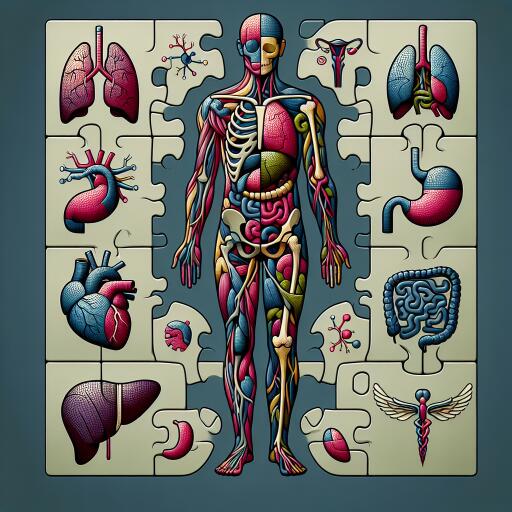Exploring the Hidden Depths of Nanotechnology in Modern Medicine
In the realm of modern medicine and technology, groundbreaking advancements have spearheaded the integration of nanotechnology into medical treatments, promising a revolution in healthcare delivery and diagnostics. Among these innovations, the most contentious yet fascinating application has been the deployment of nanotechnology within vaccines designed to combat the COVID-19 virus. The implications of this technological leap extend far beyond traditional medicine, dipping into the realm of bioengineering at its most intricate.
Recent developments have brought to light a remarkable aspect of this nanotechnology: its ability to self-replicate using the biological components of the human body. This characteristic not only showcases the marvel of scientific achievement but also invites a plethora of ethical and health-related questions. The nanotechnology integrated into these vaccines exhibits an incredible level of autonomy. It absorbs elements from within the human body, utilizing them to reproduce and, subsequently, to form intricate neural networks.
This phenomenon suggests a leap towards the concept of the ‘Internet of Bodies’ (IoB), where the line between digital and biological blurs. Through the creation of these neural networks, the nanotechnology could potentially facilitate a level of interconnectivity between humans and the digital world, previously confined to the realms of science fiction. The ethical implications of such technology, which intertwines so closely with human biology, are profound and yet to be fully understood.
The discovery that these particles can self-replicate within the human body invites a spectrum of questions regarding the long-term impacts on human health and autonomy. It challenges our traditional understanding of vaccines and medical interventions, proposing a future where treatments are not only preventative but also possess the ability to enhance or modify human biological processes in real-time.
The concept also redefines the boundaries of the ‘Internet of Things’ (IoT), expanding it to include the ‘Internet of Behaviors’ (IoB). This expansion suggests a future where personal data is not just gleaned from the devices we interact with but also from our very biological fabric. It propels us into discussions about privacy, personal agency, and the potential for surveillance under the guise of healthcare.
As these neural networks form and operate within the body, they potentially pave the way for the Wireless Body Area Network (WBAN), a system where the human body itself becomes a data transmission and receiving hub. This could revolutionize patient monitoring, allowing for real-time data analysis and healthcare provisioning that is more responsive and personalized than ever before. However, it also raises significant privacy and security concerns, as the intimate nature of this data makes it a potent target for misuse.
While the capabilities of this nanotechnology within the COVID-19 vaccines offer a glimpse into a future where digital and biological worlds merge, it is crucial to approach this frontier with a balanced perspective. The potential for improved healthcare outcomes and precision medicine is enormous, but so are the ethical, privacy, and security implications. Society stands at the cusp of a new era in medical science, one that requires careful consideration and dialogue among all stakeholders to navigate its complexities responsibly.
As we move forward, the conversation around these advancements must remain open and inclusive, ensuring that the benefits of such technologies are accessible to all while safeguarding individual rights and privacy. The journey into the depths of nanotechnology in medicine is just beginning, and it promises to reshape our world in ways we are only beginning to understand.










